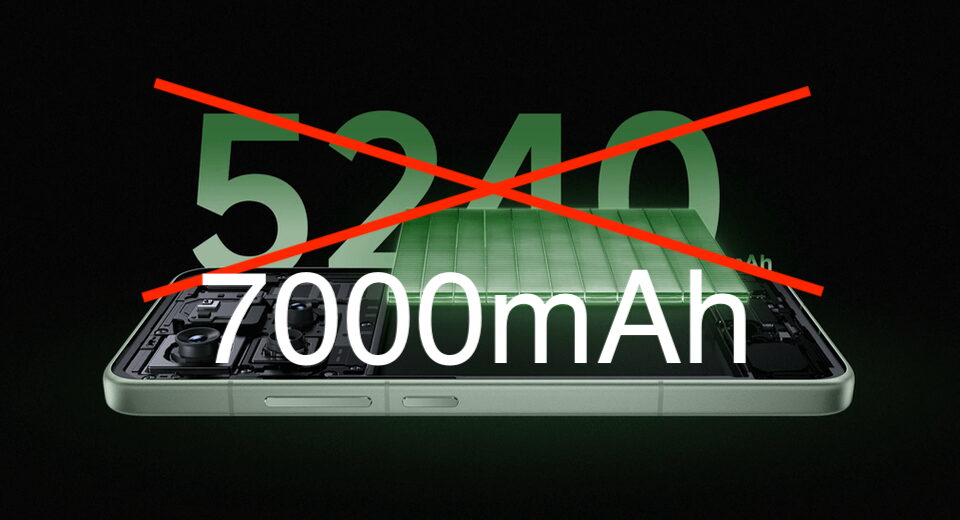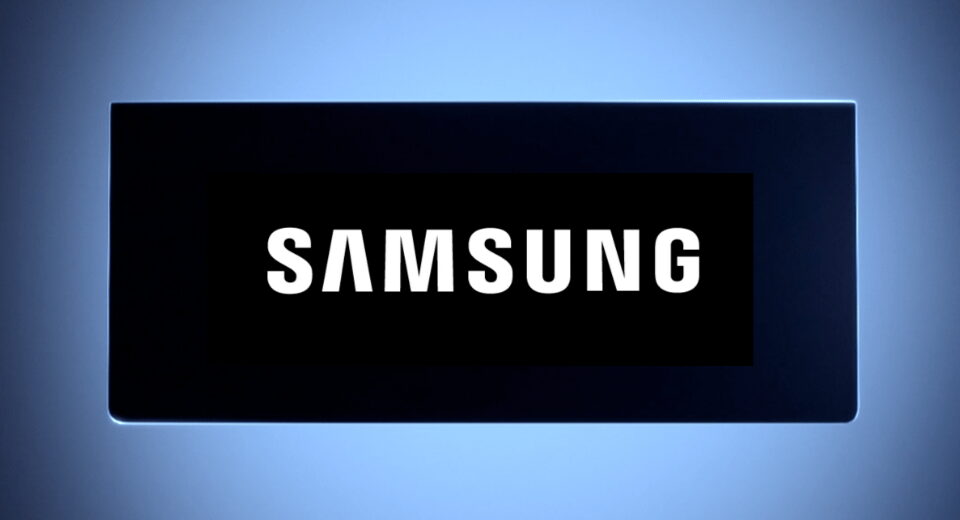Human Brain Cells on Chip for Sale – First biocomputing platform hits the market

In a development straight out of science fiction, Australian startup Cortical Labs has released what it calls the world’s first code-deployable biological computer. The CL1, which debuted in March, fuses human brain cells on a silicon chip to process information via sub-millisecond electrical feedback loops.
Designed as a tool for neuroscience and biotech research, the CL1 offers a new way to study how brain cells process and react to stimuli. Unlike conventional silicon-based systems, the hybrid platform uses live human neurons capable of adapting, learning, and responding to external inputs in real time.
“On one view, [the CL1] could be regarded as the first commercially available biomimetic computer, the ultimate in neuromorphic computing that uses real neurons,” says theoretical neuroscientist Karl Friston of University College London. “However, the real gift of this technology is not to computer science. Rather, it’s an enabling technology that allows scientists to perform experiments on a little synthetic brain.”
The first 115 units will begin shipping this summer at $35,000 each, or $20,000 when purchased in 30-unit server racks. Cortical Labs also offers a cloud-based “wetware-as-a-service” at $300 weekly per unit, unlocking remote access to its in-house cell cultures.
Each CL1 contains 800,000 lab-grown human neurons, reprogrammed from the skin or blood samples of real adult donors. The cells remain viable for up to six months, fed by a life-support system that supplies nutrients, controls temperature, filters waste, and maintains fluid balance. Meanwhile, the neurons are firing and interpreting signals, adapting from each interaction.
The CL1’s compact energy and hardware footprint could make it attractive for extended experiments. A rack of CL1 units consumes 850-1,000 watts, notably lower than the tens of kilowatts required by a data center setup running AI workloads.
“Brain cells generate small electrical pulses to communicate to a broader network,” says Cortical Labs Chief Scientific Officer Brett Kagan. “We can do something similar by inputting small electrical pulses representing bits of information, and then reading their responses. The CL1 does this in real time using simple code abstracted through multiple interacting layers of firmware and hardware. Sub-millisecond loops read information, act on it, and write new information into the cell culture.”
Brain on a chip for drug discovery and more
Kagan says Cortical Labs has seen strong interest from universities, startups, and government groups exploring applications in drug discovery, neurocomputation, AI acceleration, and Bitcoin mining. Several prospects from the music and entertainment industries have also reached out, and the company is exploring collaborations that merge biological computing with experimental art—such as a recent project that initially considered using the CL-1 to interface with brain cells from a deceased composer, but ultimately chose a different system.
Cortical Labs views the CL1 as a foundational “platform technology” for drug discovery and disease modeling targeting conditions like epilepsy and Alzheimer’s disease. “Since we’re using human brain cells as an information processing device, we can use different donors or cell lines to find genetic links that might represent a disease or just individual differences,” says Kagan.
Kagan notes that neuropsychiatric drugs have some of the highest failure rates in clinical trials, partly because existing preclinical models fail to capture actual brain cell function—how cells process real-time information. “You actually need a device like ours before you can test this model at all,” he says. “You can test the computation, but the computation is a way to test the actual function of the cells, and so then you can look to see whether you can restore a function within a disease.”
In a recently accepted paper using an in vitro epilepsy model, the CL1 restored function in impaired neural cultures. “Epileptic cells can’t learn to play games very well, but if you apply antiepileptics to the cell culture, they can suddenly learn better as well as a range of other previously inaccessible metrics,” says Kagan.
The CL1 builds on Cortical Labs’ original DishBrain prototype, which trained cell cultures to play the classic arcade game “Pong“ in a simulated environment. They learned to track the ball and control a paddle, demonstrating goal-oriented behavior in vitro.
A 2022 Neuron paper reported learning within minutes of gameplay, with the neurons self-organizing and adapting to sensory feedback. In other experiments, Cortical Labs found that these biological networks often outperformed deep reinforcement learning algorithms in sample efficiency and learning improvement.
The DishBrain proof-of-concept applied Karl Friston’s free energy principle to test whether active inference—the brain’s mechanism for minimizing surprise through feedback—could emerge in biological neural systems. Friston, who developed the framework in the mid-2000s, now calls Cortical Labs’ CL1 technology a “remarkable achievement” and the “dénouement of years of theoretical and biophysical innovation.”
“It allows people to study the effects of stimulation, drugs and synthetic lesions on how neuronal circuits learn and respond in a closed-loop setup, when the neuronal network is in reciprocal exchange with some simulated world,” Friston adds. “In short, experimentalists now have at hand a little ‘brain in a vat,’ something philosophers have been dreaming about for decades.”
Biocomputing at scale
The CL1 marks a significant expansion from DishBrain, adding an onboard life-support system, increasing the inputs from 8 to 59, and reducing the latency from 5 milliseconds to sub-millisecond levels.
Cortical Labs plans to steadily enhance the CL1’s performance over time, aided by biology’s natural scalability. “While it cost us quite a bit to make 100,000 neurons, it only costs a fraction more to make a million and not much more for 100 million, because biology grows exponentially,” says Kagan. “You only run into hassles with scaling up cell culture at the billion- or trillion-cell level, like in lab-grown meat, then you’d have to get a different technology. But hundreds of millions is very manageable.”
While Cortical Labs isn’t looking to gatekeep CL1’s applications, it does require customers to secure ethical approval to generate cell lines. Buyers of physical units must also have a suitable cell culture lab. “We don’t want somebody without the skills, capability or safety,” says Kagan. “It’s not something you should be doing in your garage.”
The 22-employee startup has raised over $11 million from global investors, including Hong Kong’s Horizons Ventures, Australia-based Blackbird Ventures, and the U.S. Central Intelligence Agency’s In-Q-Tel venture fund (which counts Cortical Labs among a select few dozen life science startups in its portfolio).
Cortical Labs’ long-term goal is to unlock human-level intelligence with brain cells. Kagan frames “bioengineered intelligence” as a step beyond brain-in-a-dish models, aiming to design neuron cultures to perform functions that may eventually transcend conventional human capabilities.
“Any sufficiently advanced machine becomes indistinguishable from biology because we want machines to be adaptive, self-regenerating, low energy, and sustainable—all things biology achieves,” Kagan says. “With a sufficiently advanced collection of cells, you could achieve something that might even surpass current biology. And you could do that without the risks you’d have with a silicon-based machine because these things are controllable.”
What's Your Reaction?
 Like
0
Like
0
 Dislike
0
Dislike
0
 Love
0
Love
0
 Funny
0
Funny
0
 Angry
0
Angry
0
 Sad
0
Sad
0
 Wow
0
Wow
0








































